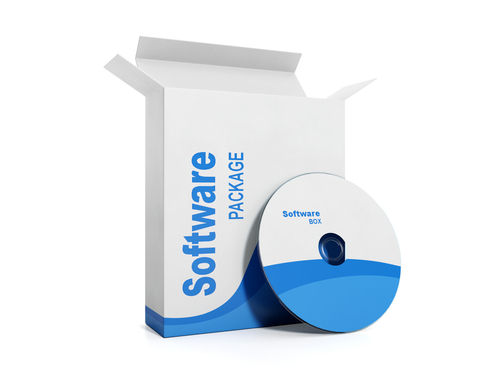A savvy CEO once told me that you can have the greatest system or software in the world, but if your employees and customers don’t buy in you can end up losing, time, people, money and clients.
IT staff and owner managers can become very animated about the potential of the latest software. In some cases, this leads to a phenomenon recognised as the excitement gap – the gap between their enthusiasm for the hottest solution and that of selling its cost and return to the board and benefits to the staff or customers.
The decisions to invest in new technologies must be considered from every perspective. It is essential that the project team build a solid business case while demonstrating how the investment will give competitive advantage and improve the lot of staff and customers.
In a recent article, the American business magazine Forbes stressed the need for executives to make an effort to increase their understanding of the overall impact of cloud/ portal computing deployments on an organisation. They suggested companies take account all aspects of the technology and not just it’s potential for cost cutting.
In my last article I stressed the need for a strategic approach to document management software migration. In this article I am going to reinforce the need for a strategic approach in communicating change and getting stakeholders to buy into the process.
Every stakeholder in a business, primary and secondary, needs to be fully informed. Nowhere is this more evident than with technology. Unfortunately, this is often not the case. Many organisations still make the decision to invest in new technologies without consultation with their staff. The buzzword is collaboration – fully communicate the reasons for change with key audiences. Remember the excitement gap.
Many organisations think that once they have installed the latest bit of kit, all their problems will be solved. This is not the case; technology is a tool. It does not replace effective management. Never lose sight of the fact that change can manifest into fear.
I have a simple rule of thumb when advising customers looking to invest in a document management solution. I view the project from their perspective, I assume they have built the business case and know the ROI (return on investment) and COO (cost of ownership). Then look for ease of use and simplicity – this will improve efficiency and productivity. Then I ask what’s best for my customers.
When I have a 360° overview, I would ask what training and support is in place to ensure the technology is used to its full potential by employees. It is essential to understand the factors that may make employees hesitant to embrace the new way of managing documentation.
After the decision to purchase your state-of-the-art document management system has been made, it is time to focus on implementation in regards to employees and customers.
Even in this day and age, some people have problems embracing new technology because human nature itself often resists change. Some people have a basic fear of technology – they see it as intimidating.
Here are two basic suggestions for employees.
1. Show the benefits
The best thing to do is to introduce the problem that has been identified during consultations, and present the software as a solution. When technology benefits are clearly demonstrated to employees, they are more likely to embrace the new system.
2. Keep Training
Although training employees to use new technology is essential, it is often overlooked. Set up a timeframe for training, and make sure everyone that needs information, gets information.
And here are two basic suggestions for customers
1. Keep your customer in the information loop
Ask for their feedback – what would help them – it may lead to more business if you are ahead of the competition.
2. Get the message across
We have various channels for communicating with customers and it can seem as if everything is done digitally these days. Why not get in front of your customers. Invite them to an open event, talk to them one to one.
Get personal and you will get buy-in.




